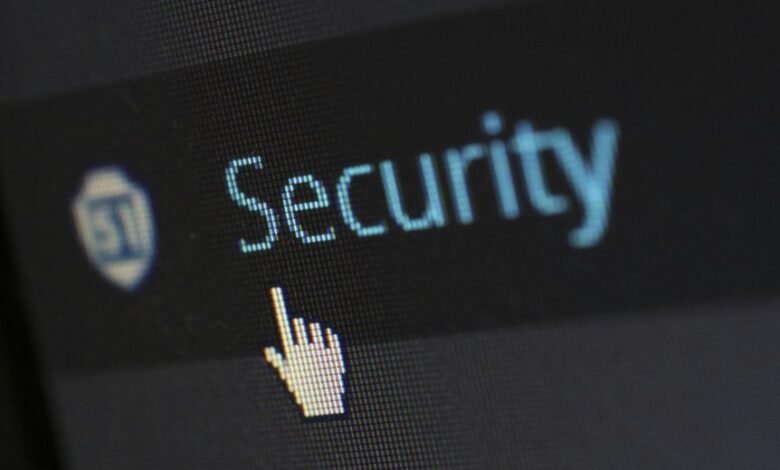Hotline Security & Fraud Alert Network 3895928051 3533843600 3711967714 3899404787 3775734493 3791102743

The Hotline Security & Fraud Alert Network plays a critical role in combating fraud and security threats. By providing specific contact numbers, it facilitates prompt reporting of incidents. This proactive approach is essential in mitigating risks associated with various forms of fraud. Understanding how these numbers function within the network can significantly enhance awareness and response strategies. However, the effectiveness of this system relies heavily on user engagement and timely action, raising questions about current practices and potential improvements.
Understanding the Hotline Security & Fraud Alert Network
Although the Hotline Security & Fraud Alert Network serves as a critical response mechanism, its underlying structure and functionality warrant thorough examination.
The efficiency of hotline functions relies heavily on established security protocols, which ensure the integrity and confidentiality of reported information.
A comprehensive understanding of these elements is essential for identifying vulnerabilities and enhancing the network’s overall effectiveness in combating fraud and security threats.
How to Utilize Contact Numbers for Reporting Fraud
The effectiveness of the Hotline Security & Fraud Alert Network is significantly influenced by how individuals utilize contact numbers designated for reporting fraud.
Accurate and timely fraud reporting enhances hotline effectiveness, ensuring that relevant information reaches authorities promptly.
Users should familiarize themselves with specific contact numbers and provide detailed accounts of incidents, thus contributing to a robust framework for combating fraud efficiently and effectively.
Common Types of Fraud and Security Threats
Numerous types of fraud and security threats pose significant risks to individuals and organizations alike.
Identity theft, characterized by unauthorized access to personal information, undermines financial security and privacy.
Phishing scams further exacerbate these vulnerabilities, employing deceptive tactics to lure victims into disclosing sensitive data.
Understanding these threats is crucial for safeguarding personal and organizational integrity in an increasingly digital landscape.
Best Practices for Personal and Business Security
Addressing the various threats highlighted previously necessitates the implementation of robust security measures for both personal and business environments.
Key best practices include regular data protection audits, employing strong passwords, and maintaining updated software.
Adopting cyber hygiene principles—such as training employees in recognizing phishing attempts—further enhances security.
Ultimately, fostering a culture of vigilance and responsibility is essential for mitigating risks effectively.
Conclusion
In conclusion, the Hotline Security & Fraud Alert Network serves as a critical lifeline in the fight against fraud and security threats, akin to a vigilant lighthouse guiding ships safely through treacherous waters. By utilizing the designated contact numbers promptly, individuals and organizations can contribute to a collective defense mechanism, ensuring rapid response and resolution. Emphasizing awareness and proactive engagement with these resources ultimately fortifies both personal and organizational security in an increasingly perilous digital landscape.



